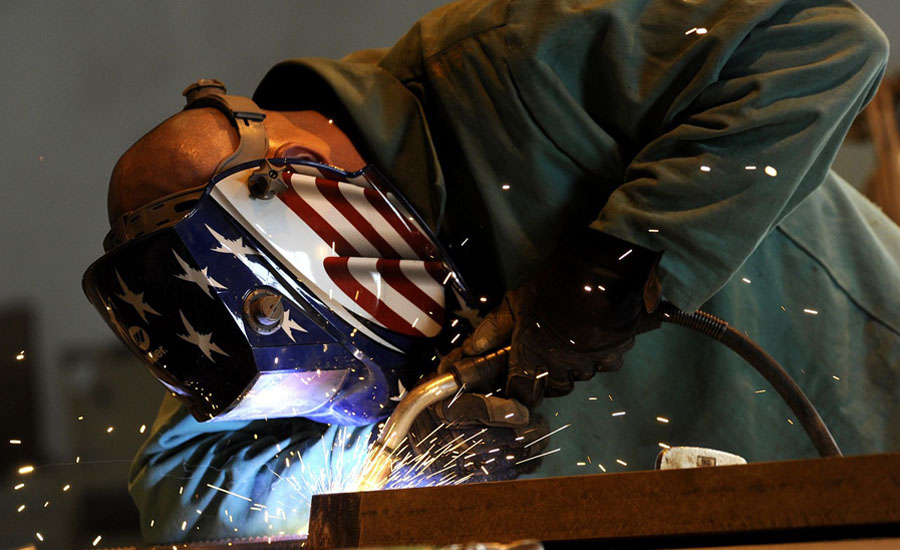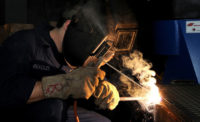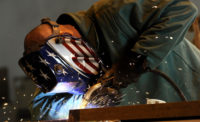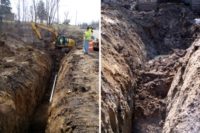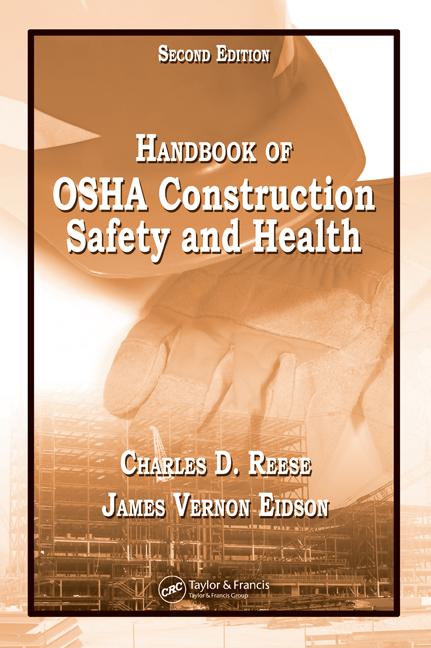OSHA stresses its three lines of defense philosophy to help eliminate or reduce potential exposures to hazards. The first line of defense is to utilize engineering controls to eliminate the hazard. Adding ventilation to reduce air contaminants from a welding operation is an example of an engineering control. Administrative controls are the second line of defense. Scheduling the work to limit a welder’s exposure to a hazard is an example of an administrative control. Personal protective equipment (PPE) is the last line of defense. Wearing a respirator to limit a welder’s exposure to welding fumes is an example of a PPE control. When properly selected and maintained, PPE can help protect employees from welding hazards.
Before any welding is conducted outside of a designated welding area, a responsible individual must inspect the area and identify precautions to be taken, preferably on a written Hot Works permit. Fire extinguishers must be ready for immediate use. A fire watch lasting at least 30 minutes after the welding or cutting operations is required if more than a minor fire might develop. All combustibles must be moved 35 feet away or properly protected or shielded.
Prohibited areas for welding include:
- Areas unauthorized by management
- Areas where sprinklers are impaired
- Areas in explosive atmospheres
- Areas near storage of large quantities of readily ignitable materials
Source: W.W. Grainger, Inc. www.grainger.com/content/QT-WS-welding-safety-109
